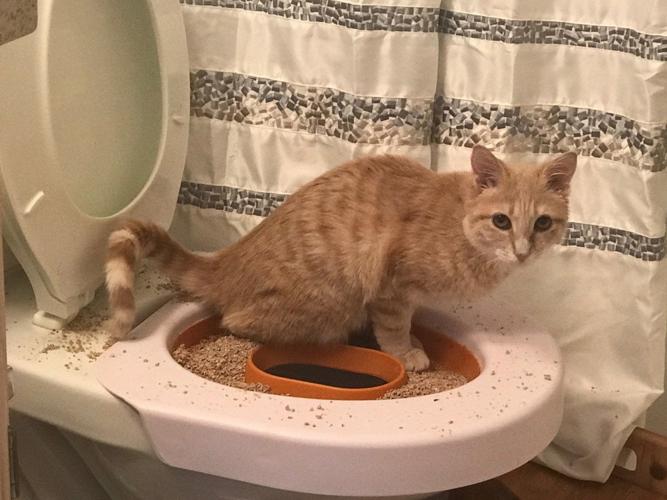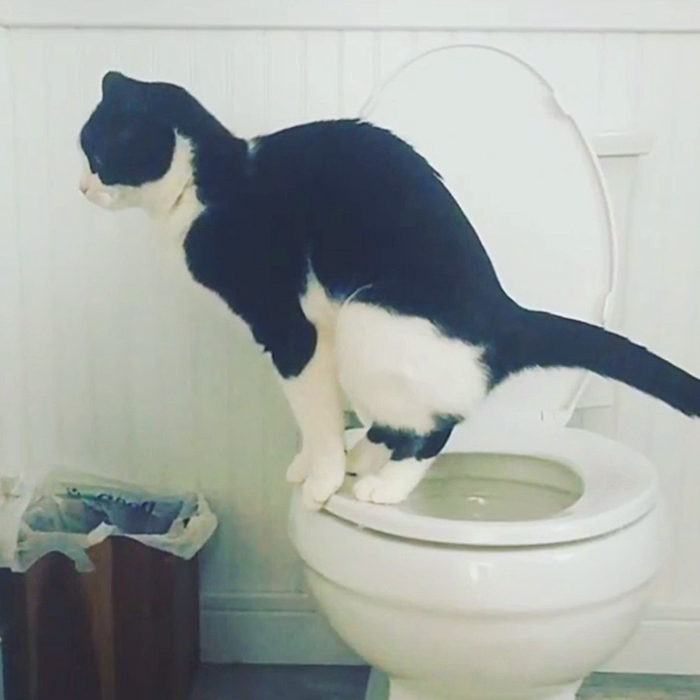Why You Need to Avoid Flushing Animal Waste Down the Toilet
Why You Need to Avoid Flushing Animal Waste Down the Toilet
Blog Article
The publisher is making a number of great pointers on the subject of 4 Reasons Why Dog Poop Cleanup is Important overall in this article in the next paragraphs.

When it comes to disposing of waste, especially animal waste, many people often turn to the hassle-free choice of flushing it down the commode. However, this apparently very easy service can have significant effects for the environment and public health. In this write-up, we'll check out why flushing animal waste down the commode is a poor idea and give different methods for correct disposal.
Introduction
Correct waste disposal is important for keeping environmental sustainability and public health. While it might seem safe to purge animal waste down the bathroom, it can bring about different concerns, both for the environment and human wellness.
Threats of flushing animal waste
Environmental effect
Purging animal waste introduces dangerous microorganisms and virus right into waterways, which can negatively impact marine environments. These microorganisms can pollute water resources and damage marine life, disrupting delicate communities.
Public health problems
Pet waste contains unsafe bacteria such as E. coli and Salmonella, which can posture significant health dangers to humans. Flushing pet waste down the commode can pollute water materials, leading to the spread of diseases and infections.
Alternatives to flushing
Rather than purging pet waste down the toilet, there are numerous alternative disposal methods that are extra environmentally friendly and sanitary.
Composting
Composting pet waste is an environment-friendly means to throw away it. By composting, raw material is broken down into nutrient-rich dirt, which can be used to feed gardens and plants.
Land fill disposal
Disposing of pet waste in a garbage dump is one more option. While not as eco-friendly as composting, it is a much safer option to flushing, as it avoids the contamination of water resources.
Family pet garbage disposal systems
There are specific pet garbage disposal systems readily available that safely and hygienically dispose of animal waste. These systems often use enzymes to break down waste and eliminate odors.
Actions to correct pet waste disposal
To ensure proper disposal of animal waste, follow these steps:
Scooping and getting waste
On a regular basis scoop and bag pet waste making use of naturally degradable bags. This protects against waste from contaminating the setting.
Making use of marked waste bins
Dispose of bagged animal waste in designated waste containers, such as garden compost containers or land fill containers. Prevent flushing it down the commode at all costs.
Cleaning can and family pet locations consistently
Frequently clean litter boxes and pet locations to prevent the accumulation of waste and bacteria. Use pet-safe cleaning products to maintain hygiene.
Benefits of proper disposal techniques
Embracing appropriate disposal methods for animal waste provides several advantages:
Lowered environmental pollution
Proper disposal approaches minimize the danger of environmental pollution, shielding rivers and communities from contamination
Lessened risk of water contamination.
By staying clear of flushing animal waste down the toilet, the danger of water contamination is substantially minimized, protecting public health.
Boosted hygiene and hygiene
Appropriate disposal approaches promote far better sanitation and hygiene, creating a much safer setting for both human beings and pets.
Conclusion
Finally, purging pet waste down the toilet is hazardous to the environment and public health. By taking on different disposal approaches and following proper waste monitoring techniques, we can decrease the unfavorable effect of pet waste and add to a cleaner, healthier earth.
Why You Should Never Flush Animal Waste Down the Toilet
As a pet and property owner, cleaning up after your furry friends is important to ensure your property is clean and disinfected. However, when disposing of animal waste, many opt to flush it down the toilet. After all, it seems like the most convenient option, right? Unfortunately, this common practice can actually have harmful effects on your plumbing system and the environment.
What Comprises Animal Waste?
Animal waste refers to bodily excretions such as feces and urine from pets such as cats, dogs, and rabbits. These excretions contain bacteria, pathogens, viruses, and parasites that can harm humans and the environment. Some types of animal waste, such as feces from dogs and cats fed on processed foods, may contain harmful bacteria like E.coli, salmonella, and campylobacter. Flushing this type of waste down the toilet could pollute waterways and destroy the ecosystem.
Environmental and Physical Dangers of Flushing Pet Waste
In the environment, flushing waste can contaminate waterways, killing aquatic life and harming the ecosystem. The waste that might be considered flushing down the toilet could also adversely impact your plumbing and sewage systems in the following ways.
End Up in Sewage Treatment Plants
Flushing pet waste down the toilet can have a detrimental impact on sewage treatment plants and the overall water quality. Pet waste contains harmful bacteria and pathogens that, if not properly treated, can contaminate water sources and pose a risk to aquatic life and human health. Sewage treatment plants are designed to handle human waste and other biodegradable materials, but they are not equipped to effectively treat the bacteria and pathogens present in pet waste.
Clog Pipes
Density: Animal waste is often dense and easily gets stuck in pipes. Unlike human waste, which is designed to be flushed away smoothly, pet waste contains elements like grass, dirt, raw hide, hair, and other materials that can create blockages in the plumbing system. Potential damage: Flushing pet waste, even in small amounts over time, can lead to costly repairs. It can cause cracked pipes and other plumbing issues, resulting in the need for professional intervention. Public and private waste management systems: Flushed pet waste can also cause problems in public and private waste management systems. It can overload septic tanks and other sewage treatment systems, leading to backups. Leading to Untreated Sewage Overflows
Flushing excessive amounts of pet waste can overwhelm the sewer system's capacity to handle the additional waste load. This can cause backups and overflows, leading to untreated sewage entering waterways.
Additionally, pet waste, particularly when combined with other non-biodegradable items like wipes or litter, can create sewer pipe blockages. These blockages prevent the proper flow of wastewater and can cause sewage to back up and overflow.
Flushing Pet Waste Could Affect Human Health
In addition to environmental hazards, flushing pet waste down the toilet could be detrimental to human health. The bacteria found in animal excrement exposed to sewage might cause infectious diseases. For that reason, people whose immune systems have been weakened by particular diseases, medical treatments, or age can be in danger of disease from even the smallest bacterial exposure in contaminated water.
Alternative Ways to Responsibly Disposing of Pet Waste
The most secure and sustainable way of disposing of pet waste is by composting it. Cat litter can be useful fertilizer for your garden if you compost it safely and appropriately. However, it is essential to do this correctly to prevent exposure to the dangerous parasites that the waste might have. It is best to research before composting your pet waste, as certain toxins can persist even after the composting process is finished.
Another safe way to dispose of pet waste is by bagging and throwing it in the trash bin. Here, it is crucial to choose the appropriate bag for disposal, such as biodegradable bags that quickly decompose, reducing the carbon footprint of landfills.

As a serious person who reads on Should you flush animal waste down the toilet, I was thinking sharing that excerpt was valuable. Appreciated our blog posting? Please quickly share it. Help other people find it. Thanks a lot for being here. Return soon.
Book Instantly Report this page